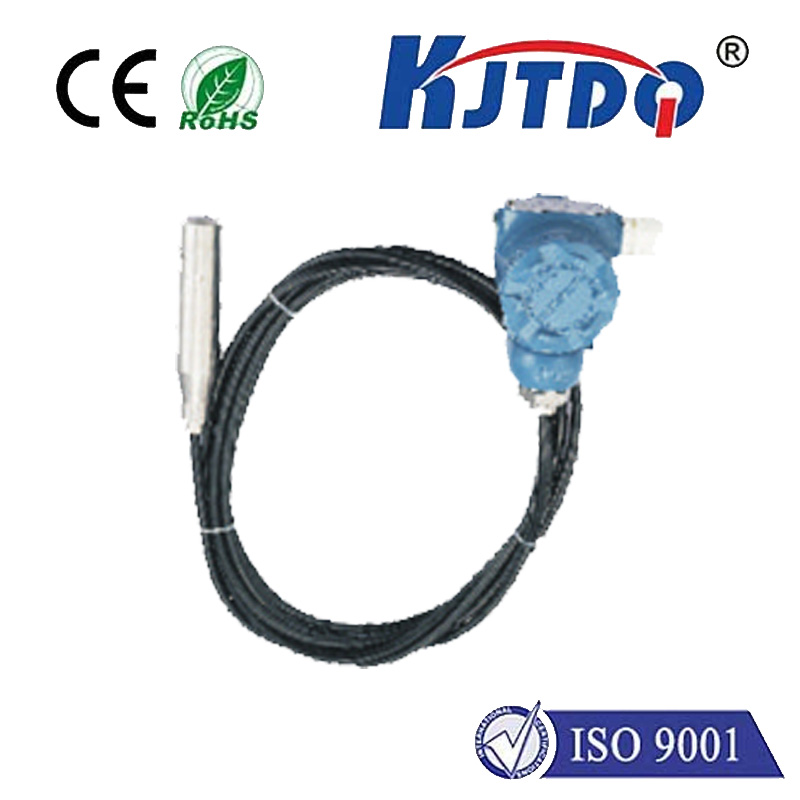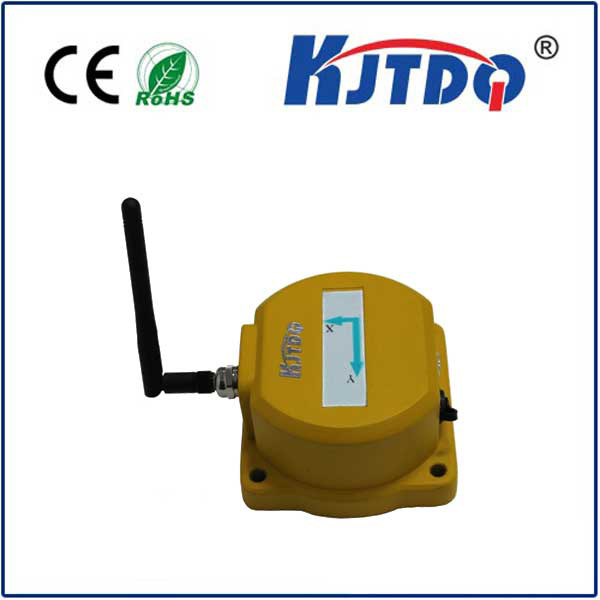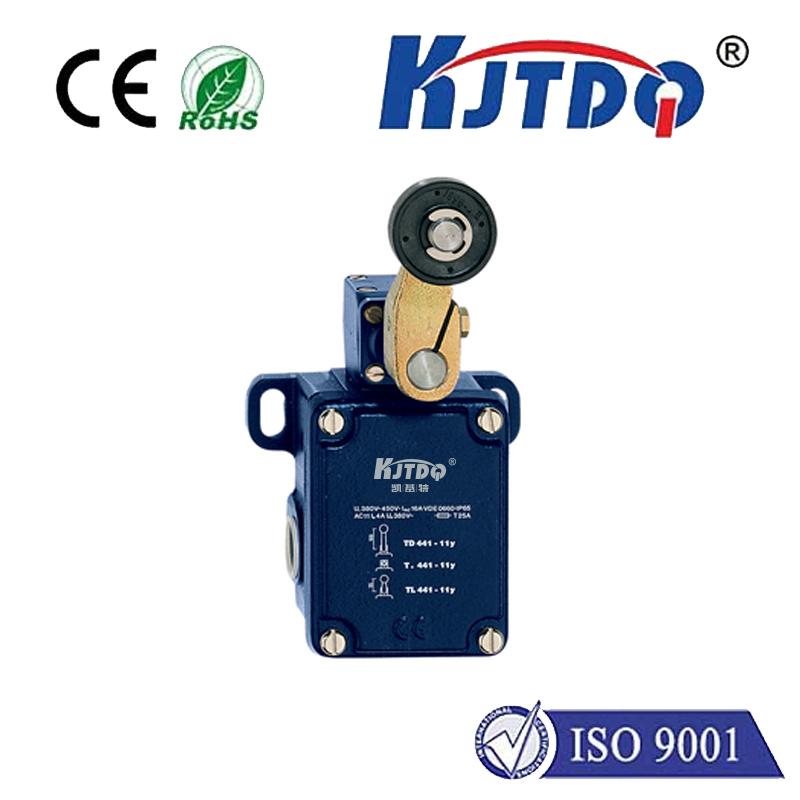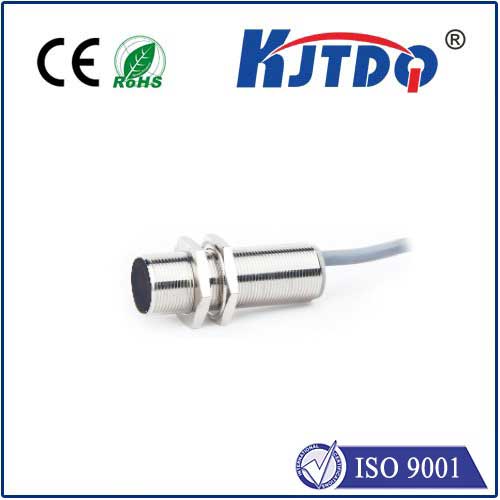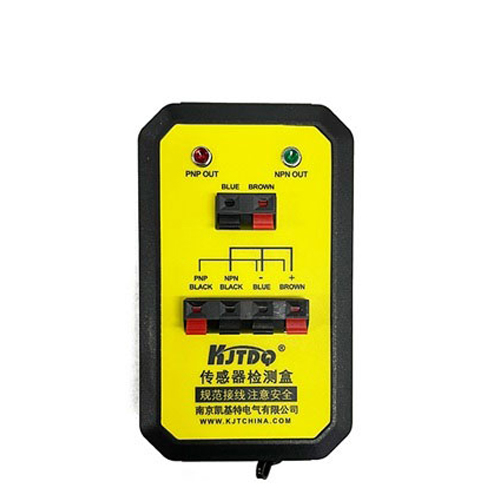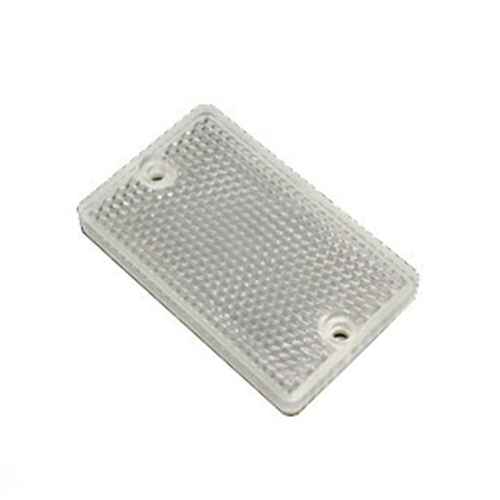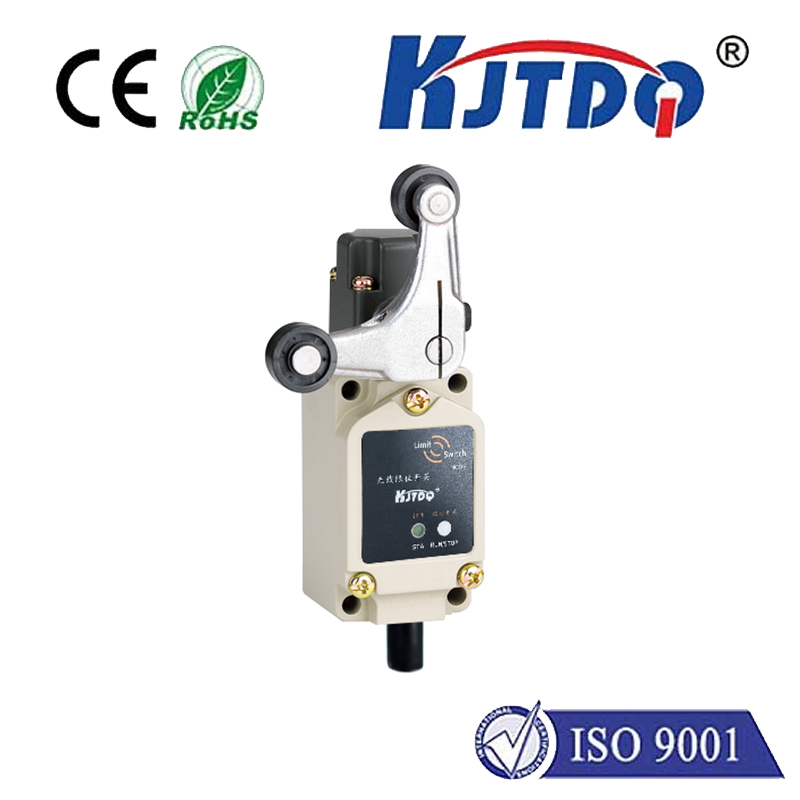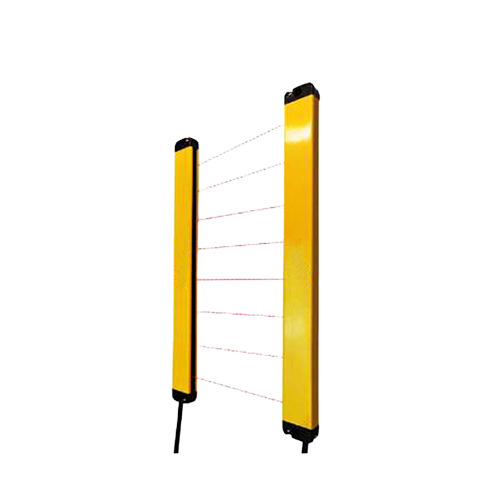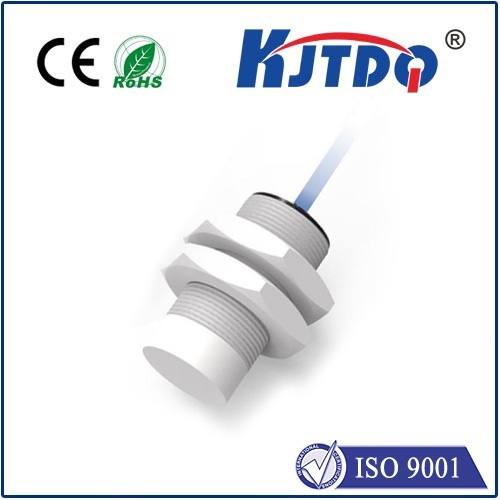

check

check

check

check

check

check

check

check

check

check
The Revolutionary Impact of Waterproof Proximity Sensors In today’s fast-paced, technology-driven world, waterproof proximity sensors have emerged as game-changers. These innovative devices are making waves across various industries, from automotive and manufacturing to consumer electronics and smart homes. Let’s delve into what makes these sensors so revolutionary and explore their diverse applications. Understanding Waterproof Proximity Sensors A waterproof proximity sensor is an advanced sensing device designed to detect the presence or absence of an object without any physical contact. Unlike traditional contact-based sensors, these sensors use technologies such as capacitive, inductive, or optical principles to sense objects within a certain range. The waterproof feature ensures that the sensor can operate reliably in harsh environments, including those with high humidity or submerged underwater conditions. Key Benefits of Waterproof Proximity Sensors
Durability: The rugged, water-resistant design of these sensors allows them to withstand extreme environmental conditions, making them ideal for outdoor and industrial applications where exposure to moisture is common.
Versatility: Waterproof proximity sensors can be used in a wide range of applications, from monitoring liquid levels in containers to detecting the position of parts on automated assembly lines.

Accuracy: These sensors offer high precision in object detection and measurement, ensuring reliable performance even in challenging conditions.
Cost-Effectiveness: With fewer moving parts and no need for physical contact, these sensors have lower maintenance costs and longer service life compared to traditional sensors. Applications Across Industries
Automotive Industry: In vehicles, waterproof proximity sensors play a crucial role in parking assistance systems and collision avoidance technologies. They help ensure driver safety by providing accurate distance measurements between the car and nearby obstacles.
Manufacturing Sector: These sensors streamline production processes by automating tasks such as part counting, quality inspection, and position sensing on conveyor belts, enhancing efficiency and reducing human error.
Consumer Electronics: From smartphones to wearable devices, waterproof proximity sensors enable features like gesture control and screen dimming when the device is brought close to the user’s face. This enhances user experience and conserves battery life.
Smart Home Devices: In smart homes, these sensors can be integrated into lighting systems, security alarms, and climate control units to automatically adjust settings based on occupancy, creating a more efficient and comfortable living environment. The Future of Waterproof Proximity Sensors As technology advances, we can expect to see even more sophisticated versions of waterproof proximity sensors emerge. Innovations such as wireless connectivity, enhanced AI capabilities, and integration with the Internet of Things (IoT) will further expand their application potential. These advancements promise to make our lives more convenient, safer, and efficient. In conclusion, waterproof proximity sensors are not just technological marvels; they are transformative tools driving progress across various sectors. By understanding their benefits and applications, we can harness their power to create smarter, more resilient systems that cater to the needs of a modern, ever-evolving world.

